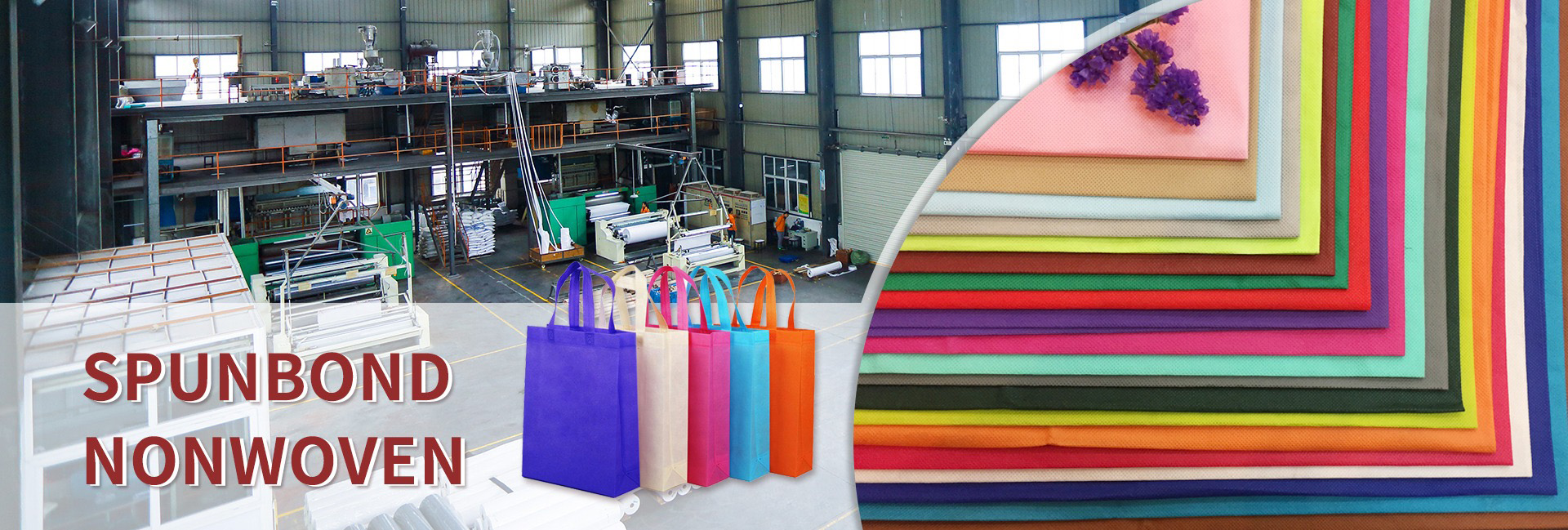This isn’t just a simple technological overlay; it’s an industrial upgrade where 1+1 is greater than 2. It marks the transition of agricultural production from “extensive management” to an era of “data-driven, refined regulation.”
The “Pre-wedding” Status of Two Core Technologies
Non-woven fabrics may be traditionally associated with shopping bags and face masks. However, in agriculture, they have long played a vital role as mulch and covering materials. Compared to traditional plastic mulch, non-woven fabrics offer inherent advantages such as breathability, water permeability, lightweightness, and biodegradability.
Smart agriculture and precision drip irrigation, through sensors, the Internet of Things, and big data analysis, enable real-time monitoring and precise management of farmland. Precision drip irrigation, at its core, delivers water and fertilizer directly to crop roots, significantly improving water and fertilizer utilization. When these two technologies are combined, a remarkable chemistry emerges.
After the “Marriage”: How to Achieve a New Revolution in “Dual Temperature and Humidity Control”?
“Dual Temperature and Humidity Control” refers to the coordinated and precise control of soil temperature and moisture in the crop root zone.
1. The Role of Non-Woven Fabric: An Intelligent “Breathing” Insulation and Moisture Retention Layer
Temperature Control
In cold weather, non-woven fabric covering the soil surface effectively reduces heat loss, acting like a blanket, creating a warmer and more stable growing environment for crop roots. In hot weather, light-colored non-woven fabric reflects some sunlight, reducing heat absorption by the soil. Furthermore, its breathability prevents the “greenhouse effect” and root burns that occur under traditional plastic mulch.
Humidity Control
Non-woven fabric effectively inhibits soil moisture evaporation, retaining more moisture within the root zone.
Water and air permeability
This is its key advantage over plastic mulch. When it rains or when drip irrigation is used, water can flow smoothly through the non-woven fabric into the soil, preventing waterlogging. Furthermore, the soil can breathe freely through the non-woven fabric, maintaining a healthy aggregate structure and microbial activity, effectively preventing root hypoxia and root rot.
2. The Role of Precision Drip Irrigation: A Smart “Cardiovascular” System
Precision drip irrigation systems act like capillaries, delivering water and fertilizer directly and quantitatively to crop roots.
They perfectly complement non-woven fabric coverings: the non-woven fabric reduces ineffective evaporation, while drip irrigation provides precise water replenishment. Together, they ensure the root zone humidity remains optimal for crops, achieving “water on demand.”
3. The Synergistic Effect of “Dual Temperature and Humidity Control”: 1+1>2
This is the true meaning of “revolution.” Temperature and humidity do not exist in isolation in the soil; they influence each other. The smart agriculture system monitors the root zone environment in real time through underground temperature and humidity sensors.
When the system detects low temperatures and high humidity (which can easily lead to root diseases and slow growth), it appropriately reduces drip irrigation frequency and utilizes the thermal insulation properties of the non-woven fabric to raise the ground temperature.
When the system detects high temperatures and low humidity (which can easily lead to crop stress and yield reduction), it activates drip irrigation to reduce temperature and increase humidity. At the same time, the breathable properties of the non-woven fabric prevent root diseases caused by high temperatures and humidity.
Through this data-driven dynamic regulation, the system consistently maintains the crop’s root zone “microenvironment” at an optimal growth state, achieving true “dual control of temperature and humidity.”
The Far-Reaching Impact of This “Revolution”
Resource utilization efficiency has been revolutionized, saving up to 30%-50% in water and over 20% in fertilizer, reducing groundwater and river pollution.
Both crop yield and quality are improved: A stable root zone environment significantly promotes root development and enhances crop resistance, thereby increasing yield and fruit quality (such as sugar content and uniform appearance).
Reduced production costs and environmental pollution: Reduced use of water, fertilizer, and pesticides directly reduces costs. The use of biodegradable non-woven fabrics can fundamentally address the “white pollution” problem associated with traditional plastic mulch.
The intelligent transformation of agricultural management models: Farmers are shifting from relying on experience to relying on data, significantly reducing labor intensity and making management decisions more scientific and accurate.
Application Scenarios and Future Outlook
This technology is particularly suitable for:
High-value-added cash crops: Such as strawberries, blueberries, vegetables, flowers, and Chinese medicinal herbs.
Protected agriculture and greenhouses: Here, the effectiveness of “dual temperature and humidity control” is most significant.
Agriculture in arid and semi-arid regions: It is a model for water-saving agriculture.
In the future, we can foresee:
Material innovation: The emergence of smart non-woven fabrics with more powerful functions, such as photodegradation, probiotics, and slow-release fertilizers.
Algorithm upgrades: AI models can not only control in real time but also predict weather changes, making temperature and humidity adjustment strategies in advance, achieving “predictive agriculture.”
System integration: Integrating “dual temperature and humidity control” with more environmental factors such as light intensity and carbon dioxide concentration will create a comprehensive “optimal environmental control system for plant growth.”
Conclusion
The integration of “nonwovens + smart agriculture + precision drip irrigation” may seem like a simple combination of three technologies, but it actually represents a profound shift in agricultural thinking. It transforms agricultural production from a passive response to the elements to proactive regulation through “following the weather, leveraging the terrain, and employing intelligence.” This quiet revolution in “temperature and humidity control” is unfolding beneath the soil and within the root system, painting a new picture for a more productive, efficient, and sustainable future agriculture.
Dongguan Liansheng Non woven Technology Co., Ltd. was established in May 2020. It is a large-scale non-woven fabric production enterprise integrating research and development, production, and sales. It can produce various colors of PP spunbond non-woven fabrics with a width of less than 3.2 meters from 9 grams to 300 grams.
Post time: Oct-12-2025

